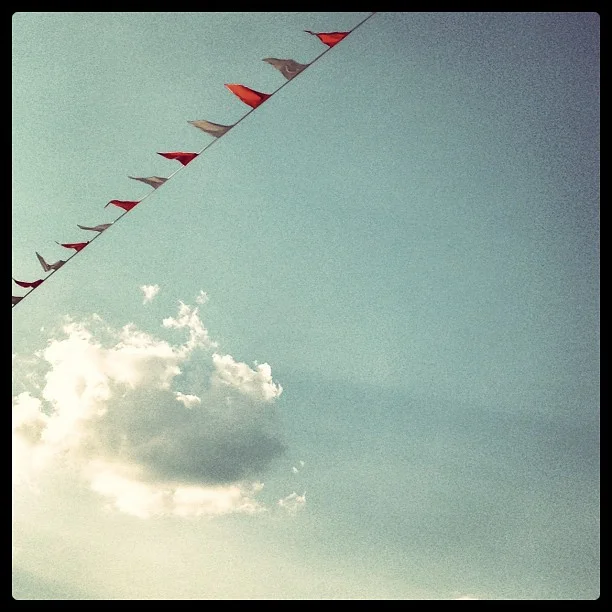The definition of entropy is ‘a process of degradation or running down, or a trend to disorder’.
The basic substance of my artwork is concerned with the subconscious desire in all of us for reverse entropy – that all things are gradually becoming more defined and improving. We all have nostalgic longings from our pasts, as well as desires to see order emerge from the chaos of life. We look for reasons to hope that the future will be better than the present is and the past was. While some things take more time to define themselves than others, and while the process occurs in fits and starts, I believe that reverse entropy occurs in the long run.
My work thus far involves my exploration of this theme through abstract paintings and digital work, as well as through digitally altered landscapes. It involves questions such as: What will we be like when all is said and done? Will we evolve or be changed into something else? Something better, something totally different? What will the earth and the sky and the sea and everything around us look like when and if that happens? Are we catching small glimpses of that now? Do we secretly and inwardly long for that?
My paintings are generally more concerned with the chaos side of the equation. I often explore these forms subconsciously, pouring paint on a horizontal canvas and observing how the medium moves on the surface of the canvas. Certain shapes begin to emerge into some semblance of order, while other regress back into the depths of disorder. Often my pieces have a geographic feel, mimicking the way that oceans erode continents over vast periods of time.
My abstract digital work explores the more ordered side of the theme, with strong rectangular shapes taking the forefront. Bright, mixed colors and varied textures help draw out the chaotic edge of these shapes (the chaos from which they are drawn). Often it is the flaws brought by the disorder, the imperfection that gives the shapes beauty and pulls them away from the cold solidity of supposed perfection.
My digitally altered landscapes use shapes, color, and texture to convey that we often only catch brief, limited glimpses of the way that we hope things will be. These glimpses, in turn, excite our desire for definition and for clarity of all that is around us.
While my painting and digital abstract works are thematically drawn from disparate sources, I find that a good portion of it has been influenced by several abstract expressionists, including Mark Rothko, Hans Hoffman, and Jackson Pollock. The bright colors and geometry of Rothko and Hoffman (and even Piet Mondrian at times) balance one side of the scale while the subconscious forms of Pollock’s abstraction hold the other side.
My digitally altered landscapes tend to evoke and draw inspiration from British artist David Hockney. The way he utilizes slightly shifting perspectives in the same work are significant to my work in that they are subtle reminders of how dramatic changes can occur with only slight change.
